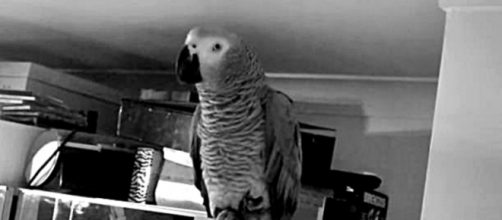African Grey Parrots are exceptionally intelligent birds, and consequently pet owners covet them for their clever antics and amusing voice mimicry. The worldwide demand in the pet trade for the birds which occur naturally in the wild in Central, East, and West Africa, has lead to significantly declining wild populations. Nine states have motivated that Cites evaluates the status of the parrots during the forthcoming CoP17 conference which will be held in South Africa from 24 September to 4 October, 2016.
Parrots to have 'day in court'
According to "National Geographic - Voices for Wildlife," it will be proposed that the parrots be listed on Appendix I, "in order to stop the unsustainable commercial trade in these wild birds." 183 parties to the treaty will consider a range of wildife conservation measures, and while most of the focus will be on ivory and rhino horn trade, it is good news that smaller species such as pangolins and the African Grey Parrots will have 'their day in court' so to speak.
Three generations - 1.3 million taken from the wild
It has been proposed that Psittacus erithacus,the African Grey be place under Appendix I and some of the states who have propsed the move include the USA, the EU, Nigeria and Angola. The IUCN Red List of Threatened Species declared the African Grey Parrot to be vulnerable four years ago and the reasons cited then were the impacts of the "annual harvest for international trade," coupled with declining habitat. In three generations of birds (45 years) over 1.3 million parrots were removed from the wild and exported from Africa, which makes them the most highly traded bird on the CITES lists of endangered avain species.
Easily caught flocking birds
While Cameroon is the only country that has an imposed quota on the capture and export of African Greys, smuggling via the DRC (Congo) and lack of an effective management infrastructure has seen little success in reducing the trade from that part of Africa. UNEP has estimated from mortality reports that birds captured may in fact exceed reported figures by up to 70 percent.
As the birds are long-lived and slow to reproduce, the large numbers that are captured can easily outstrip their ability to replace lost breeding adults in the wild. The trader capture teams find it easy to trap large numbers of the birds as they tend to roost in flocks and gather around water and mineral licks in large numbers.
Cruel comparison
The video below shows African Grey Parrots in the wild in the country of Cameroon and illustrates how such large gatherings could facilitate their capture.
Meanwhile, millions of the beautiful birds spend their lives as per the video shown below:

